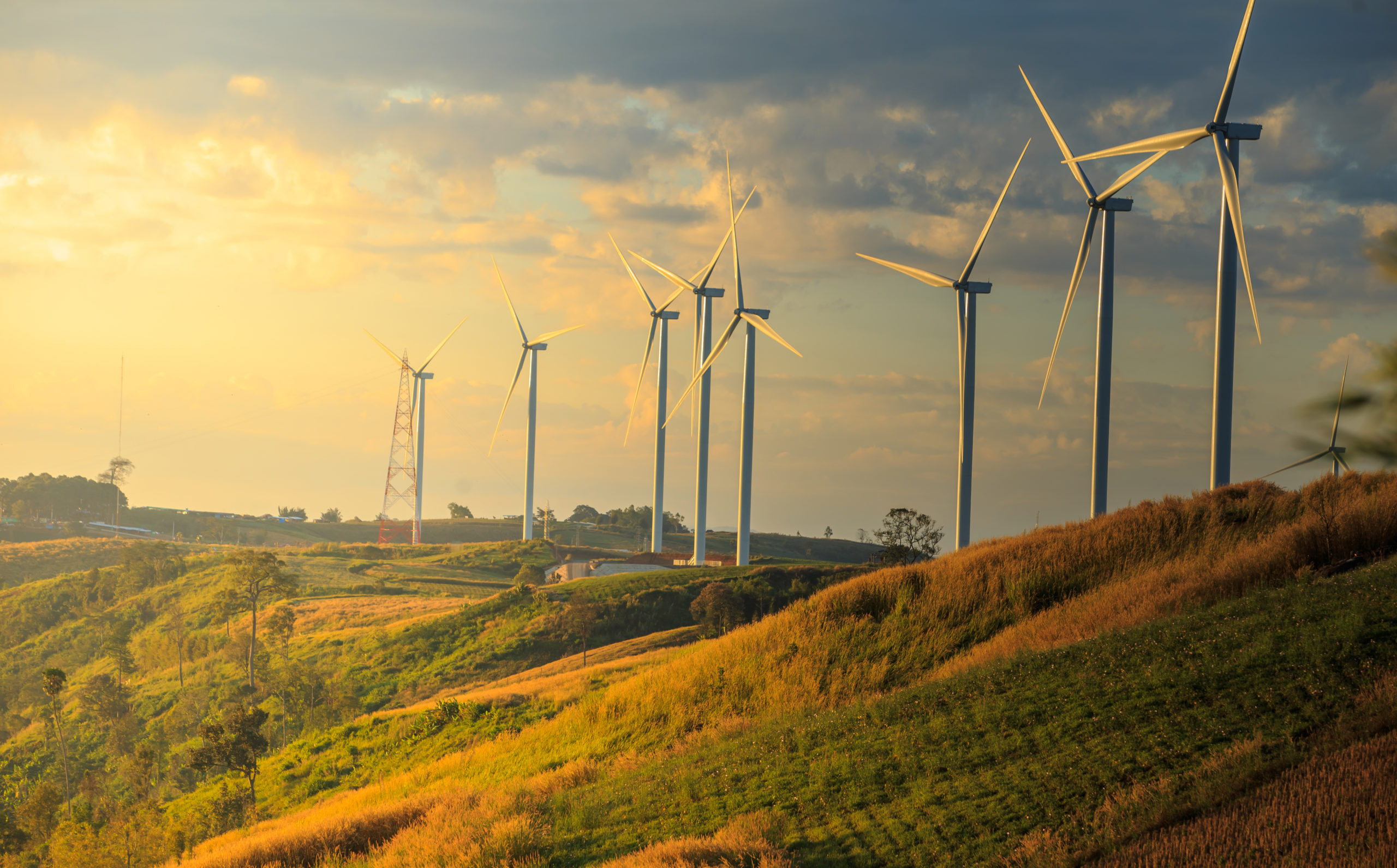by Brandy Abalos
Wind energy is promoted as an eco-friendly alternative to fossil fuels. However, large wind farms also pose risks to humans and the environment. When determining if wind farms are a good option, communities must carefully weigh the pros and cons. There is more to consider when deciding to replace traditional energy with fuels that produce less pollution.
Impacts of Wind Farms on Wildlife
Although wind turbines appear to be moving slowly, they actually turn at up to 20 revolutions per minute, creating heavy drafts. Birds and bats often fly into the spinning blades and are killed. While deterrent technology has partially resolved the problem, these species are still at risk. Additionally, wind farms alter the local animals’ natural habitats. Turbines are often located in rural areas where wildlife is prevalent. Clearing the land for wind turbines and access roads can reduce habitat space for local wildlife. Lack of space forces them to compete with other animals for their homes. In many cases, the animals are pushed closer to humans, increasing occurrences of disease or attacks. When companies dismantle habitats, they also destroy other resources, such as food or materials to make shelter. Demolition efforts may contaminate the animals’ usual water supply.
Interference with Radar Systems
Several organizations and departments have indicated that wind turbines interfere with their defense and civilian radar systems. The Department of Defense, Federal Aviation Administration Department of Homeland Security and National Oceanic and Atmospheric Administration have all indicated that large windfarms impact their radars throughout the United States. The radars are especially affected in the West and Midwest, where most of these farms are located. The Department of Energy is conducting testing in Minnesota and Texas to determine if there are methods of mitigating the risk of interference with radar systems.
Economic Considerations with Wind Energy
Although wind energy may be cost-effective for certain parts of the United States, it is not the lowest-cost source of electricity for some locations. Areas that are not windy enough may not be able to rely on wind energy. Fossil fuels continue to be the most cost-effective solution for some geographic locations. Additionally, installing hundreds of wind turbines might not be the most profitable land use. Planting crops and raising livestock is often a better use for cleared, flat land than wind farms. The land could be used for residential or commercial development.
Noise and Aesthetic Pollution Associated with Wind Farms
Local communities often object to wind turbines because of the noise they produce and the blemish of their appearance on otherwise natural land. Some cities even adopt noise abatement laws to avoid the problems associated with wind farms. While there are no medical issues directly associated with noisy wind turbines, the annoyance can impact human health. The Vermont Department of Health reports that people who live near wind turbines complain of migraines, dizziness, tinnitus, chronic pain, a higher level of cortisol (indicating a high level of stress),blood pressure issues and low sleep quality.
Risks to Wind Farm Workers
When a wind farm is built, it requires constant maintenance. The people who work on wind farms are constantly at risk for severe and even fatal injuries. Common safety hazards include falls, electrocution, exposure to toxic gasses and vapors and low oxygen environments. Wind farm workers must be diligent about safety because they suffer more injuries than people in other professions.
Understanding the Risks of Wind Farms Is Important
Wind turbines may offer an alternative to fossil fuels, but communities should carefully consider the risks they pose. There is a significant amount of ongoing research regarding the risks and benefits of wind farms.








Leave A Comment